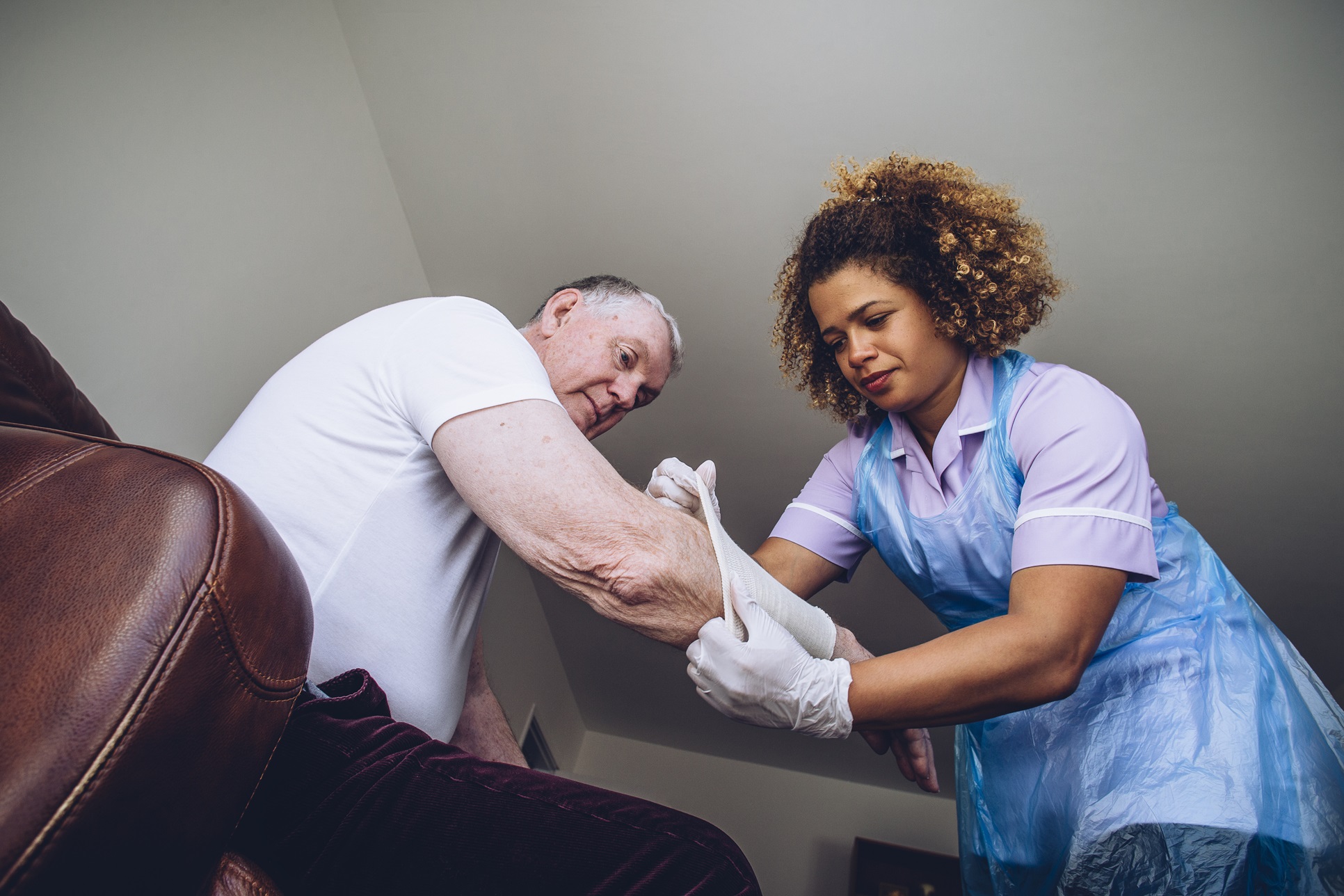What is a PICC line?
A PICC (Peripherally Inserted Central Catheter) line is a long, thin, soft plastic tube that is inserted into a vein in your arm, under local anaesthetic. It is used for long-term intravenous (IV) antibiotics, nutrition or medications, and to collect blood. The PICC line is inserted during hospital stay, prior to going home.
What advantages do PICC lines offer?
A PICC line gives your doctor access to the large central veins near the heart. A PICC line can help avoid the pain of frequent needle sticks and reduce the risk of irritation to the smaller veins in your arms.
What are the risks of PICC line insertion?
PICC insertion is an extremely low-risk procedure. The guide wire might trigger a run of extra heartbeats, and bruising and minor bleeding may occur around the insertion site immediately after insertion.
What complications can arise?
Complications are rare, but can include infection (redness around the insertion), thrombosis (blood clots) or mechanical complications.
How is the PICC line removed?
Your PICC line can be removed by a trained nurse when you no longer need IV therapy. This line is gently and painlessly pulled from the insertion site. A sterile dressing is applied following its removal.
Is there anything I shouldn't do with a PICC line?
We advise you not to drive your car or operate any machinery when you have a PICC line. Your insurance will not cover you in the event of an accident.
PICC line care tips
- Prevent the line from accidentally getting caught and pulled out by covering with a bandage or tubular dressing when not in use.
- Always keep the dressing dry, protecting it from water when showering or bathing. While the dressing is water resistant, it is not waterproof. Water can track along the PICC line from under the dressing. Your PICC will be checked at every Vitalis visit for patency, stability, and infection.
- Don’t pull on the line – especially when you have IV therapy connected. The line is usually held in place by an adhesive device as well as the dressing, but it will still come out if pulled hard enough.
- If the line comes out halfway, do not push back in as this can lead to infection. Your treatment team will decide if it can still be used or needs replacing.
- If the line comes all the way out, apply gentle pressure to the puncture site for 2-3 minutes to stop the bleeding.

Important
Contact Vitalis Hospital in the Home on 0451 439 322 (24 hours a day, seven days a week) if you…
- Have a temperature over 38C or are feeling unwell
- Are short of breath or have chest pain or a faster heartbeat
- Notice redness, pain or swelling around your PICC line
- See a damaged line or split in the line.
Call 000 or go to your nearest hospital emergency department if you cannot contact Vitalis.









